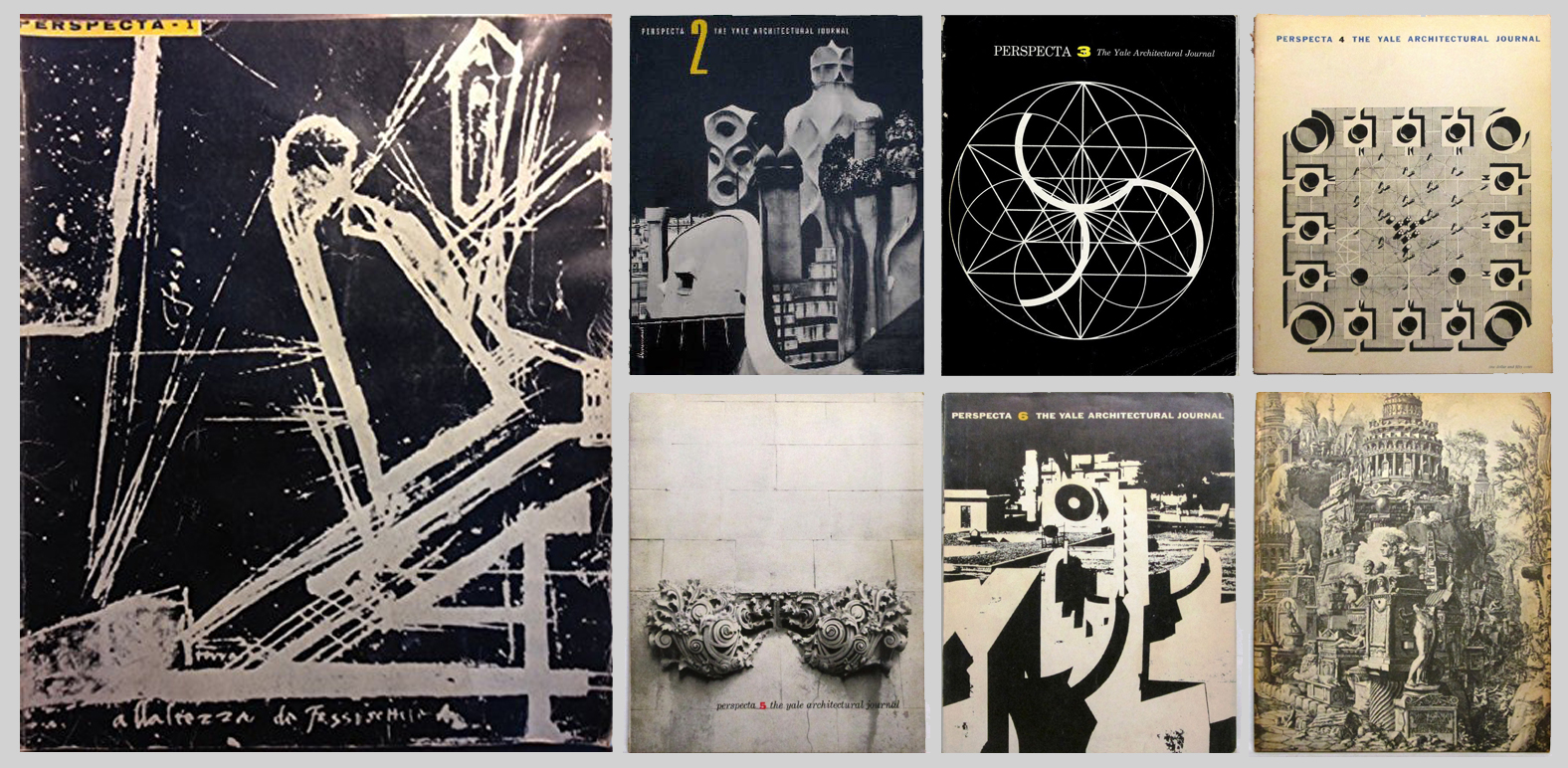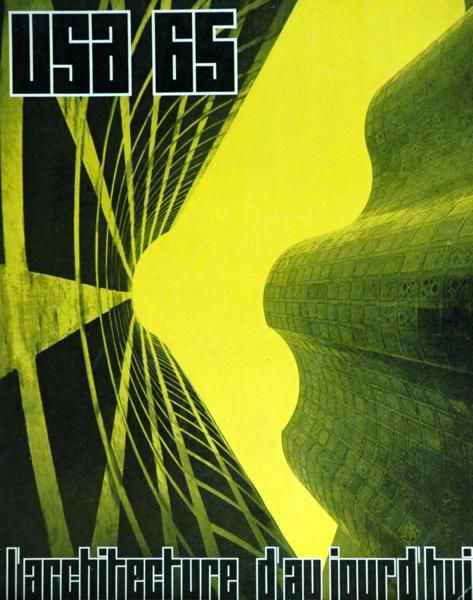[1] Henry-Russell Hitchcock,
“Food for Changing
Sensibility,” Perspecta 6, 1960.
[2] Much of the information gathered
for this paper was
from an interview with Robert A.M. Stern in his Manhattan office in
June 2011.
Also see recent publication, Robert A.M. Stern and Jimmy Stamp,
Pedagogy and Place: 100 Years of
Architecture Education at Yale (New Haven: Yale University Press,
2016),
239.
[3] Robert A.M. Stern, Peggy Deamer,
and Alan Plattus,
eds. Rereading Perspecta: the First Fifty
Years of the Yale Architectural Journal (Cambridge, M.A.: MIT Press,
2005),
xvi.
[4] Norman Carver, email
correspondence with author,
February 11, 2000.
[5] Kate Nesbitt, ed., Theorizing
a New Agenda for Architecture. An Anthology of Architectural Theory
1965 – 1995,
(Cambridge, M.A.: MIT Press), 26. For a discussion of the White/Grey
Debate,
see “White
and Gray,” a + u: Architecture and
Urbanism, 4 (52) (1975): 25-80; and in this periodical, Emanuela
Giudice,
“The Architecture Between ‘Whites’ and
‘Grays’ Tools, Methods, and Compositive
Applications,” FAmagazine, 30,
Nov-Dec. 2014.
[6] Robert A.M. Stern
and the Architectural League of New York, 40
Under 40: An Exhibition of Young Talent in Architecture (New York:
Architectural League of New York, 1966); Robert A.M. Stern, New
Directions in American Architecture,
(New York: George Braziller, 1969); Robert A.M. Stern, “Gray
Architecture as
Post-Modernism, or Up and Down from Orthodoxy,”
L’Architecture d’aujourd’hui, 186
(August-September 1976); Robert
A.M. Stern, “New Directions in Modern American Architecture:
Postscript at the
Edge of Modernism,” AAQ, 9, (2-3)
(1977), 66-71.
[7]
Stern and Stamp, Pedagogy
and Place, 239.
[8] Denise
Scott Brown, “Team 10, Perspecta 10 and the Present State of
Architectural Theory,” AIP-Journal,
vol. 33, no. 1 (Jan. 1967), 42-50.
[9] Denise R. Costanzo,
“’I Will Try My Best to Make It
Worth It,’ Robert Venturi’s Road to
Rome,” Journal
of Architectural Education, 70:2, Oct. 2016: 269-283.
[10] Romaldo Giurgola,
“Notes of Architecture and
Morality,” Precis II, Columbia
University Graduate School of Architecture, (1980): 51-52.
[11] Donlyn Lyndon,
“Philology of American Architecture,” Casabella
Continuita’, no. 281, 1963: 8.
[12] Lyndon,
“Philology of American Architecture,” 8.
[13] Lyndon, “Philology of
American Architecture,” 8.
[14] Ernesto N. Rogers,
“Two Americas in One,” Casabella
Continuita’, no. 281, 1963: 1.
[15] Rogers, “Two Americas
in One,” Casabella Continuita, 1.
[16] Robert
A.M. Stern, “New Directions
in Modern American Architecture: Postscript at the Edge of
Modernism,” AAQ, 9, (2-3) (1977), 66-71.
[17] Robert A.M. Stern, interviewed
by author, June 2011.




